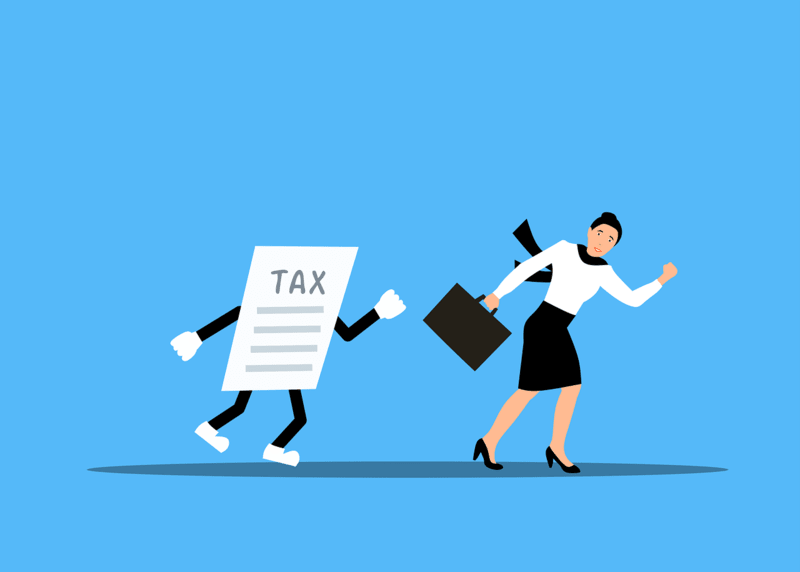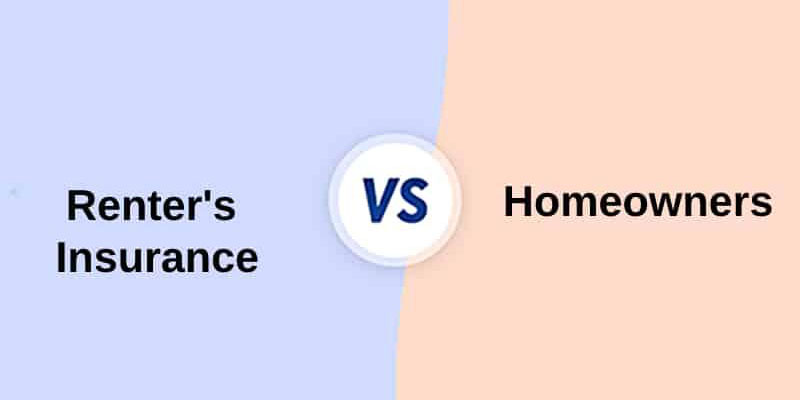In the complex world of tax management, Certified Public Accountants (CPAs) are often faced with an array of challenges, particularly in the realm of sales and use tax. The intricate webs of regulations, exemptions, and jurisdictional differences can create a minefield of potential risks and pitfalls. This document aims to highlight and explore five critical situations in sales and use tax risk management, offering insights and strategies for CPAs to navigate these complexities effectively and with confidence.
Understanding Sales & Use Tax
Before delving into the specific risk management situations, it is crucial to have a solid understanding of what sales and use tax actually is. Sales tax is a type of consumption tax imposed on the sale of goods and services by retailers to end consumers. In contrast, use tax is levied on the storage, use, or consumption of tangible personal property purchased from outside the state or country. In other words, use tax is meant to capture the taxes that would have been collected if the item was purchased in-state. Both sales and use tax are considered transactional taxes, meaning they are calculated based on individual transactions rather than annual income.
The Role of CPAs in Sales & Use Tax Risk Management
 CPAs play a crucial role in sales and use tax risk management. Below are some of the key responsibilities they hold:
CPAs play a crucial role in sales and use tax risk management. Below are some of the key responsibilities they hold:
- Compliance Tracking: CPAs ensure businesses adhere to all relevant tax laws and regulations. They keep track of any changes in these laws, updating company policies as required to maintain compliance.
- Audits and Assessments: CPAs conduct internal audits to assess the accuracy of sales and use tax calculations and payments. These audits help identify any potential issues or discrepancies early, allowing them to be addressed promptly.
- Strategic Planning: They assist in strategic tax planning, helping businesses minimize their tax liabilities and take advantage of any available exemptions.
- Resolution of Disputes: In case of any disputes or issues with tax authorities, CPAs act as the primary point of contact. They negotiate and work towards resolution, which often involves presenting detailed documentation and justifications.
- Education and Training: CPAs also provide education and training to other business personnel about sales and use tax. This can help ensure everyone in the organization understands their responsibilities regarding tax compliance.
5 Critical Situations in Sales & Use Tax Risk Management
In effectively managing sales and use tax risks, it's necessary to identify critical situations that may pose significant challenges. Here are five such situations that CPAs often confront, along with strategies on how to navigate them.
1. Changes in Tax Legislation
Regulations governing sales and use tax can change frequently, with jurisdictions regularly introducing new rules, exemptions, and rates. Consequently, keeping up-to-date with these changes is of paramount importance. CPAs should leverage tax research tools and subscribe to legislative updates to stay informed and advise their clients accordingly.
2. Nexus Determination
Determining whether a business has a taxable presence, or 'nexus,' in a specific jurisdiction can be challenging. Nexus rules have broadened significantly due to the rise of e-commerce and the precedent set by the Wayfair decision. CPAs should review their clients' activities in different jurisdictions to identify potential nexus and ensure appropriate tax collection and remittance.
3. Taxability Decisions
Taxability – whether a good or service is taxable – can vary significantly across jurisdictions and items. This complexity often leads to errors in tax calculation. CPAs can help their clients by conducting a thorough review of the taxability rules applicable to their goods and services.
4. Exemption Certificate Management
Managing exemption certificates can be a tedious process, where mistakes can lead to significant tax liabilities. CPAs can assist their clients by implementing robust exemption certificate management systems and regularly reviewing the validity of the certificates.
5. Audit Preparedness
Audits can be a daunting prospect for businesses, particularly if they are not adequately prepared. CPAs play a crucial role in audit readiness, helping their clients maintain meticulous records, understand their potential liabilities, and develop a response strategy should an audit occur.
Key Sales & Use Tax Risks for CPAs
Let's now delve into some of the key risks that CPAs face when dealing with sales and use tax, illuminating the potential pitfalls and offering strategies for mitigating these issues.
1.Misinterpretation of Tax Laws
 One of the key risks that CPAs face in managing sales and use tax is the misinterpretation of tax laws. Often, due to the complexity and constant changes in law, there's a risk of misunderstanding or overlooking certain regulations. This could lead to non-compliance, potential fines, and damage to client relationships. It is imperative for CPAs to have a thorough understanding of current tax laws and their implications on sales and use tax. This involves regular education and training in tax laws, attending seminars and webinars, and remaining updated with legislative changes.
One of the key risks that CPAs face in managing sales and use tax is the misinterpretation of tax laws. Often, due to the complexity and constant changes in law, there's a risk of misunderstanding or overlooking certain regulations. This could lead to non-compliance, potential fines, and damage to client relationships. It is imperative for CPAs to have a thorough understanding of current tax laws and their implications on sales and use tax. This involves regular education and training in tax laws, attending seminars and webinars, and remaining updated with legislative changes.
2.Technological Challenges
In today's digital era, managing sales and use tax effectively requires the use of sophisticated tax software. However, technological challenges are a common risk that CPAs face. This can stem from outdated software, inability to integrate tax software with existing accounting systems, or lack of technical knowledge to use the software effectively. To mitigate this risk, CPAs must ensure they are well versed in the latest tax technology, understand its functionality, and receive adequate training to use it effectively.
3.Inaccurate Forecasting
Accurately forecasting tax liabilities is another key challenge in sales and use tax management. An inaccurate forecast could lead to budgeting issues and potential financial strain on the business. To combat this, CPAs must develop strong forecasting capabilities, leveraging historical data, current trends, and predictive analysis to make accurate tax liability predictions.
4.Errors in Filing and Reporting
Errors in filing and reporting of sales and use tax can result in costly penalties and interest charges. These errors may occur due to human mistake, misunderstanding of the filing process, or software glitches. To mitigate this risk, CPAs should implement quality control measures, such as double-checking all filings, using reliable tax software, and staying updated with filing procedures and deadlines.
Conclusion
The complexity and dynamism of sales and use tax present numerous challenges to CPAs. However, with a thorough understanding of the law, adept use of technology, accurate forecasting, and rigorous quality control in filing and reporting, these challenges can be effectively managed. Continuing education and adaptability are crucial in staying afloat in the ever-changing landscape of sales and use tax. By understanding these challenges and implementing effective risk management strategies, CPAs can ensure compliance, avoid penalties, and provide exceptional service to their clients. Constant vigilance and ongoing learning are the cornerstones of successful sales and use tax management.




